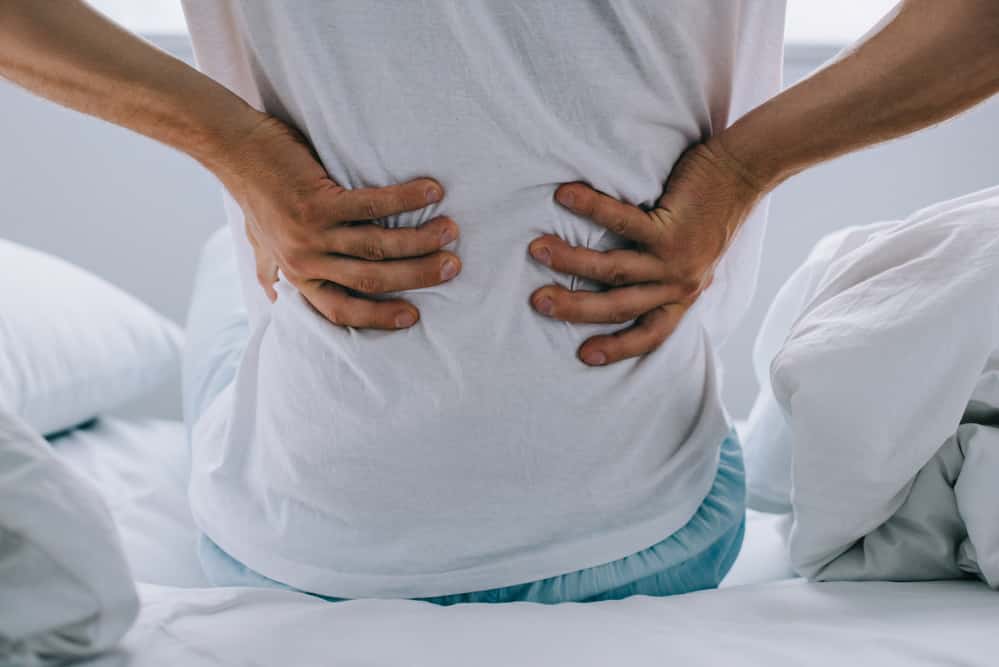
Back Pain or Sciatica: What’s the Difference?
Back Pain vs Sciatica: Understanding the Difference
Approximately 65 million Americans report experiencing recent episodes of back pain. However, many individuals might not realize that their back pain could actually be a sign of a different condition: sciatica.
So, what is the difference between back pain from sciatica? Moreover, can a back brace alleviate sciatic pain? How do the symptoms of sciatica differ from those of general back pain?
To clarify these questions, keep reading! This guide will cover everything you need to know in order to differentiate between the two conditions.
Understanding Back Pain Symptoms
Typically, people experience lower back pain near the beltline. This pain can range from a dull ache to a sharp, stabbing sensation.
Various factors can contribute to lower back pain, including stress, improper lifting techniques, physical activity, or accidents. Consequently, symptoms of back pain might include:
- A dull or achy feeling
- A burning or stinging sensation
- Difficulty standing or walking
- Muscle spasms and tightness
- Pain that worsens after sitting or standing for prolonged periods
If these symptoms persist, it is advisable to visit a chiropractor for an adjustment.
Recognizing Sciatica Pain Symptoms
In contrast, sciatica pain symptoms typically begin in the lower back but can also affect the buttocks, legs, and hips. It’s estimated that around 40% of people will experience sciatica at some point in their lives.
Sciatica occurs when the nerve roots in the sciatic nerve become compressed or pinched. As a result, symptoms are usually experienced on one side of the body. Acute sciatic pain may last for one to two weeks and can recur throughout the year, whereas chronic sciatica may persist as a long-term condition.
Common symptoms of sciatica include:
- A pins-and-needles sensation
- Pain that intensifies with movement
- Weakness or numbness in the feet or legs
- Painful tingling in the feet or toes
- Incontinence
Sciatica can develop following an injury or due to specific conditions such as:
- Spinal stenosis
- Herniated disks
- Piriformis syndrome
- Spondylolisthesis
If you experience sudden, severe pain, it is crucial to seek medical attention immediately. A healthcare professional might recommend treatments such as hot or cold therapy, stretches, Chiropractic manipulations, massages, and acupuncture. Additionally, a back brace may provide relief from sciatic pain.
Differentiating Between The Two
So, how can you differentiate between back pain and sciatica?
Back pain encompasses a broad range of symptoms, whereas sciatica is a specific type of back pain. The symptoms of sciatica are distinct, making it easier to identify. Back pain can occur anywhere along the spine, whereas sciatica specifically affects the sciatic nerve. Furthermore, sciatica may take longer to resolve compared to general back pain, which might improve on its own.
If you’re struggling to distinguish between sciatic pain and back pain, try walking across the room on your heels. If you find it challenging to lift your feet, sciatica could be the issue.
For an accurate diagnosis, consider visiting a chiropractor.
In Summary
In essence, while back pain is a broad term, sciatica is a more specific condition. Don’t endure pain unnecessarily—seek relief by visiting a chiropractor.
Ready to take the next step? We’re here to help. Request an appointment today.





